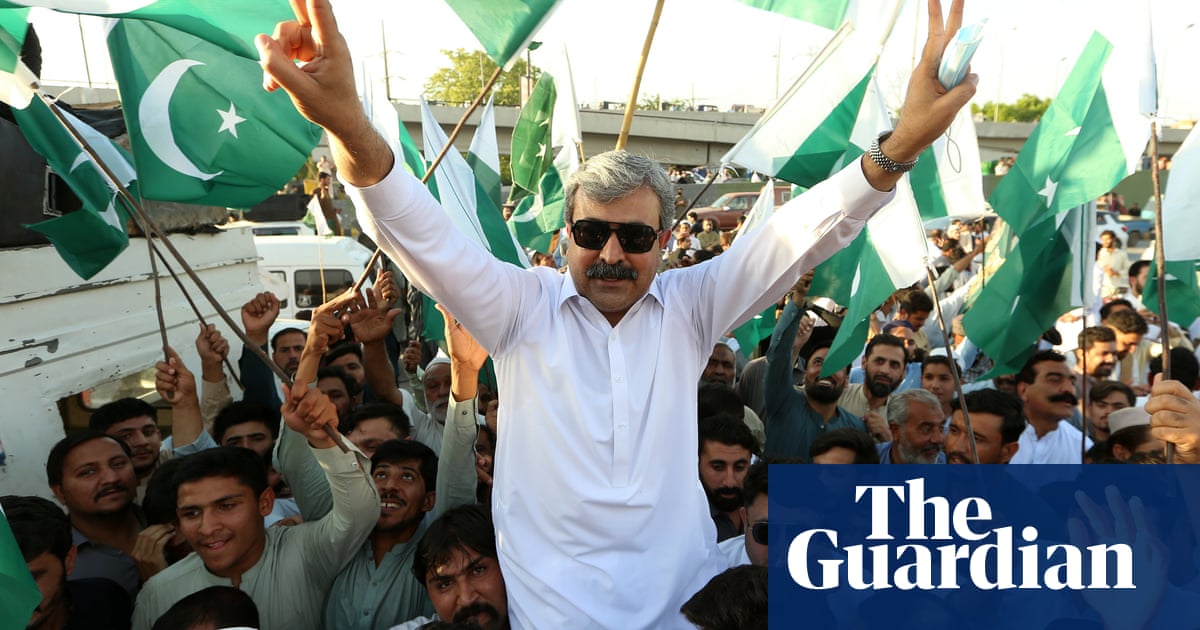Ceasefire Between India and Pakistan: A Fragile Peace Emerges

In a dramatic turn of events, India and Pakistan have both declared victory following a ceasefire that was announced over the weekend, effectively pulling the two nuclear-armed nations back from the brink of war. This ceasefire marks one of the most significant de-escalations in tensions between the two countries in decades, as hostilities had reached alarming levels with missile and drone strikes targeting major military installations on both sides.
The announcement of the ceasefire was made by U.S. President Donald Trump on Saturday evening, following days of escalating violence. Trump expressed his appreciation for both nations' ability to recognize the necessity of halting the aggression that had threatened countless lives and widespread destruction. On Sunday, Trump further congratulated both countries, saying they demonstrated “strength, wisdom, and fortitude” in choosing peace over conflict.
However, fears of the ceasefire unraveling arose quickly as reports surfaced of renewed firing along the contentious border in Kashmir within hours after the announcement. Both sides resumed missile and drone launches, igniting concerns that the fragile truce may not hold. Yet, by Sunday morning, a quiet stillness returned to the frontier, raising hopes that peace might prevail, at least temporarily. Each country accused the other of instigating violations, with Pakistan reiterating its commitment to adhere to the ceasefire.
In a press briefing, the Indian army communicated its intent to respond decisively to any further cross-border provocations, indicating a readiness to engage in defensive measures if necessary. This stance exemplifies the precarious nature of the ceasefire, as both sides remain on high alert.
Nationalistic fervor surged in both countries as leaders claimed the ceasefire as a victory. In India, Defence Minister Rajnath Singh proclaimed that the “roar of Indian forces reached Rawalpindi,” referring to the headquarters of the Pakistani army. He emphasized that the military offensive, which had been dubbed Operation Sindoor, was not merely a tactical maneuver but a representation of India’s resolve on multiple fronts—politically, socially, and strategically.
Meanwhile, celebrations erupted in Pakistan as well, where parades were held near the border to honor their armed forces. Prime Minister Shehbaz Sharif declared May 11 as a day of recognition for the military's response to what he termed Indian aggression. Commentators in Pakistan, such as Baqir Sajjad from the Dawn newspaper, described the ceasefire as a “calculated victory” for Pakistan, asserting that it denied India a strategic advantage that it had sought to establish.
Across Pakistan, jubilant gatherings took place, particularly in regions of Pakistan-administered Kashmir, which had seen intense shelling during the recent conflict. Raja Farooq Haider Khan, a former leader from that area, led a celebratory rally near the border, expressing gratitude for the military's defense efforts. He acknowledged Trump's role in mediating the situation but cautioned that lasting peace in the region was contingent on resolving the underlying Kashmir dispute.
Residents in the Neelum Valley, a locality affected by the ongoing conflict, expressed relief with the truce. Sahad, a local, reflected on the harrowing days that had preceded the ceasefire, stating, “No one can be happier than us as we live under the shadow of border posts and Indian firings. Everyone is happy to have our normal lives back.”
Conversely, some voices in India echoed a more cautious sentiment. Although residents celebrated, many acknowledged that a ceasefire alone would not address the root causes of the enduring conflict over Kashmir, which dates back to the partition of India in 1947. Lal Din, a local resident of Poonch, articulated the frustration felt by many Kashmiris, saying, “The core issue remains unresolved – soldiers still face each other with weapons and tanks.” He added, “I beg both sides: resolve your differences, live in peace, and let us live.”
The recent surge in attacks began on Wednesday when Indian missiles targeted nine locations in Pakistan, resulting in 31 casualties. India justified these strikes as necessary actions against alleged terrorist infrastructures and training camps, following a deadly attack in Indian-administered Kashmir that claimed the lives of 25 Hindu tourists and a guide. India attributed this attack to extremist groups supported by Pakistan.
In the wake of these incidents, escalating tensions saw accusations from India against Pakistan for drone strikes that reportedly took place over two consecutive nights. The U.S. played a crucial role in mediating the ceasefire, with Secretary of State Marco Rubio and Vice President JD Vance reportedly engaging in intense diplomatic discussions with both nations. Initially hesitant to involve itself in the conflict, the U.S. shifted its stance when faced with intelligence warnings that the situation could escalate into a nuclear confrontation.
As the ceasefire was being negotiated, President Trump himself reportedly made phone calls to both parties, emphasizing the significance of restoring peace. His administration has hinted at a desire to enhance economic ties with both nations, potentially paving the way for new trade agreements.
During a press briefing, Indian military spokespersons clarified that it was Pakistan that had first requested the ceasefire, underscoring the complexities of the situation. India reported that five of its soldiers had been killed due to Pakistani shelling and claimed that around 40 Pakistani soldiers had died in the recent exchanges. While India asserted that it conducted strikes resulting in the deaths of 100 alleged terrorists across the border, these figures remain unverified. Furthermore, India claimed to have downed several Pakistani aircraft, though details surrounding these incidents were not extensively discussed. In response to claims from Pakistan, including allegations supported by expert analysis that Indian jets were shot down during the conflict, India stated, “losses are a part of conflict,” asserting that all pilots had returned safely.




























